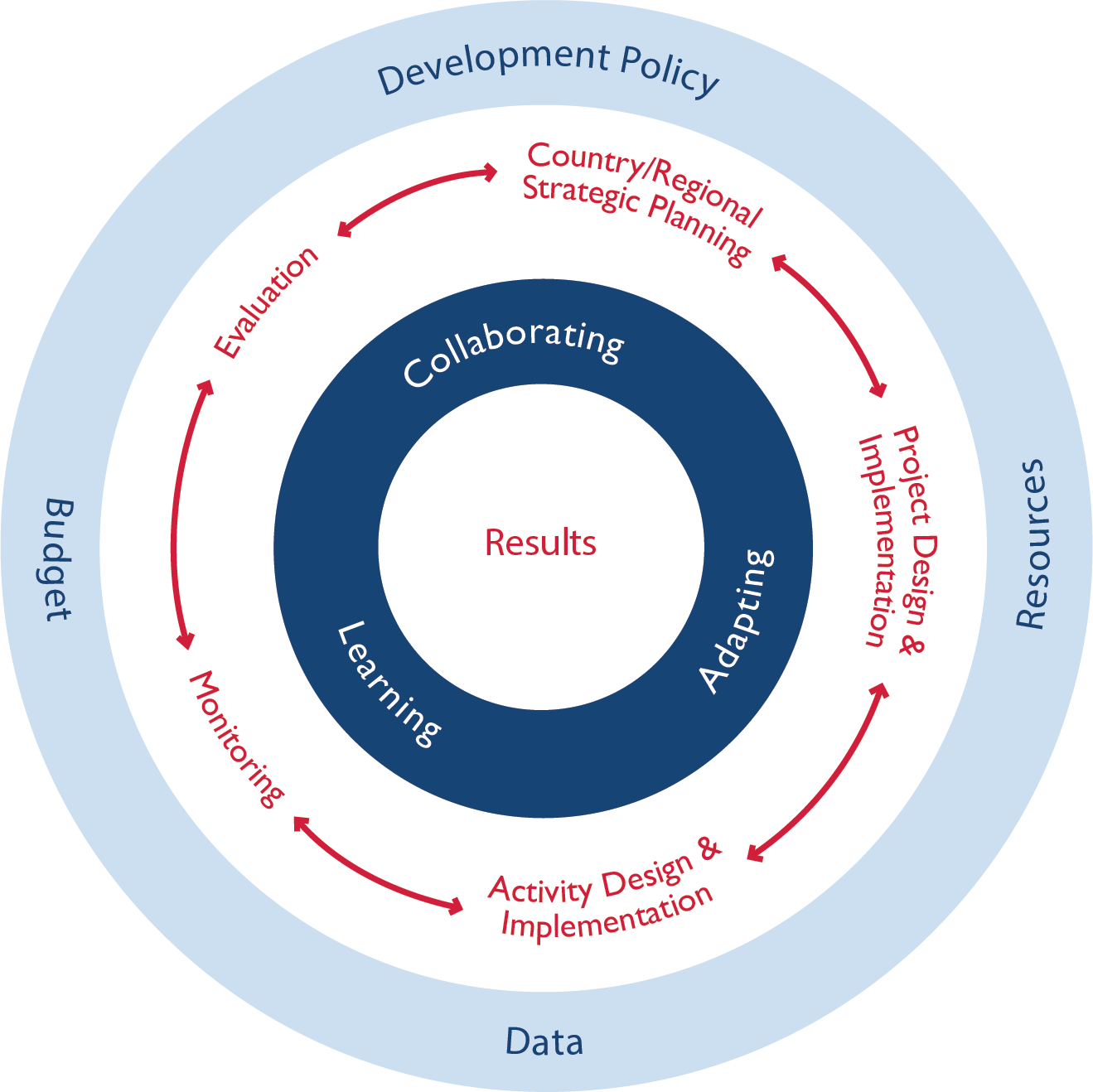
Updates
In October 2020, USAID updated ADS Chapter 201: Program Cycle Operational Policy. These updates help to streamline the project and activity design process, and to harmonize monitoring, evaluation and collaborating, learning and adapting (CLA) requirements. These changes build on revisions in 2019 to improve strategic planning, in addition to integrating the Journey to Self-Reliance throughout the Program Cycle. They include:
- We have streamlined business processes to shorten the time between design and procurement. For example, we dramatically streamlined project documentation and requirements, made projects optional and harmonized activity design requirements and procedures.
- USAID operating units can decide whether to design activities to stand alone or if they should contribute with other, related activities as part of a project.
- As projects are now optional, evaluation requirements have been updated. USAID operating units must complete one evaluation per intermediate result in their strategy (if one is in place), and each activity with a total estimated cost of $20 million or more must be evaluated.
- The policy requiring that all new or pilot approaches undergo an impact evaluation remains in place, and with a new requirement that all impact evaluations include a cost analysis of the pilot approach.
- The policy on Activity Monitoring, Evaluation and Learning Plans has been updated to include requirements and recommendations regarding the collection and use of beneficiary feedback by implementing partners and managing emerging risks.
- There is a stronger emphasis on the implementation of projects and activities, not just on up front planning.
Learn More About the Program Cycle
Explore monitoring, evaluation, and collaborating, learning and adapting (CLA) toolkits for best practices throughout the Program Cycle:
Below are additional, key resources to learn more about the Program Cycle and its updates.
